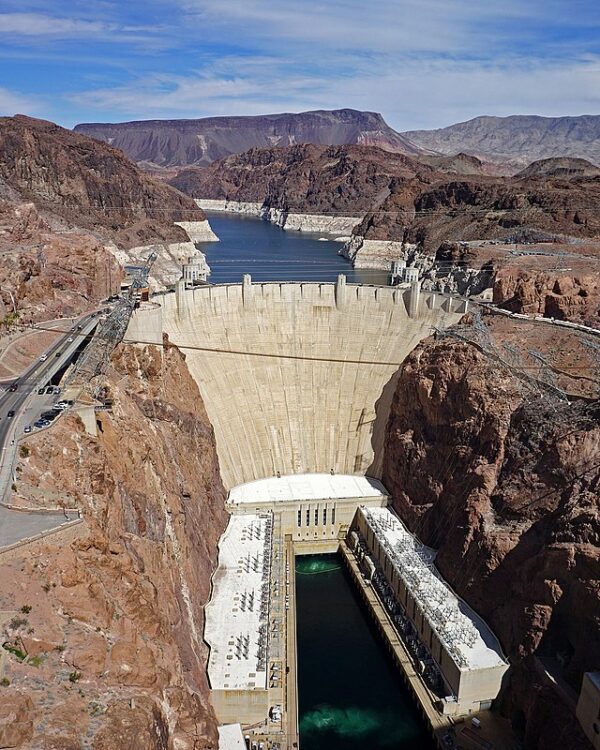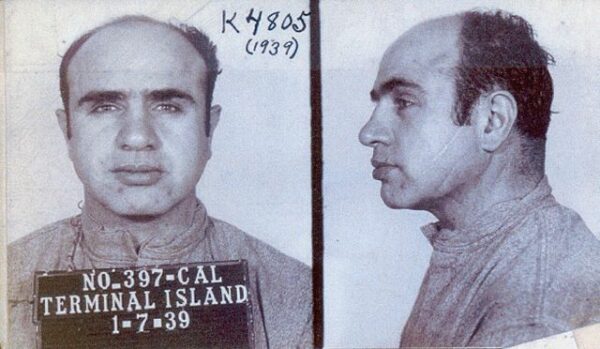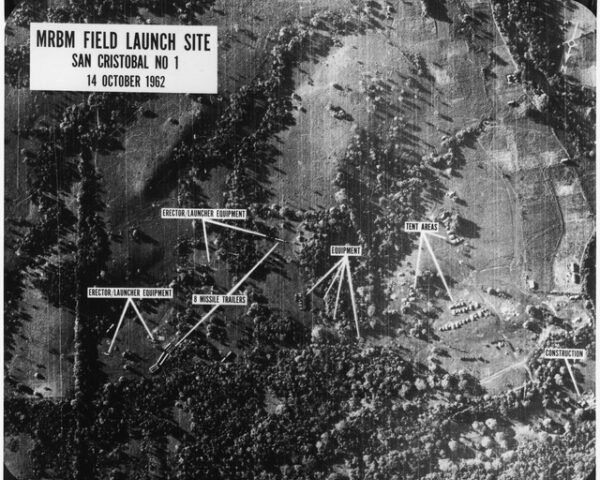On September 30, 1935, one of the greatest engineering achievements of the 20th century was officially dedicated: the Hoover Dam. Standing tall on the border between Arizona and Nevada, the dam was a symbol of American ingenuity, resilience, and the nation’s drive to harness its natural resources during one of the most challenging periods in its history—the Great Depression. President Franklin D. Roosevelt presided over the dedication ceremony, celebrating the monumental accomplishment that would forever transform the American Southwest.
Construction of the Hoover Dam began in 1931 as part of an ambitious federal project to control the Colorado River, provide water to arid regions, and generate hydroelectric power. At the time, the United States was suffering through the Great Depression, and the construction of the dam was seen not only as a means to advance infrastructure but also as a way to provide much-needed jobs for thousands of Americans. Over 21,000 men worked tirelessly on the project over five years, enduring the harsh desert conditions to complete the dam ahead of schedule and under budget—a remarkable feat for such an unprecedented undertaking.
The dam’s dedication marked the culmination of years of labor, planning, and overcoming immense engineering challenges. Initially named “Boulder Dam” during its planning phase, the structure was later renamed Hoover Dam in honor of President Herbert Hoover, who had been instrumental in securing the project’s approval and had served as Secretary of Commerce during the initial planning stages. Although Hoover was not in office at the time of the dedication, his influence on the project was undeniable.
President Roosevelt’s dedication speech highlighted the national significance of the Hoover Dam. He emphasized that it was more than just a structure; it represented the ingenuity of the American people and their capacity to overcome great obstacles through collaboration and hard work. Roosevelt called it “an engineering victory of the first order—another great achievement of American resourcefulness, skill, and determination.”
The Hoover Dam was more than just a source of pride for the country; it served practical purposes that reshaped the future of the southwestern United States. Its primary function was flood control, taming the once-unpredictable Colorado River that had caused devastation to farms and communities downstream. In addition to controlling floods, the dam created Lake Mead, the largest man-made reservoir in the United States, which provided a reliable water source for agriculture, industry, and the growing populations of cities like Las Vegas, Phoenix, and Los Angeles.
Perhaps even more significant was the dam’s ability to generate hydroelectric power. With its massive turbines, the Hoover Dam became one of the largest producers of hydroelectricity in the world at the time, supplying affordable electricity to millions of homes and industries across the region. This reliable energy source helped stimulate economic growth in the West, contributing to the development of numerous industries and the modernization of the region.
The dedication ceremony was a moment of triumph for the United States, reflecting the country’s ability to unite behind bold, visionary projects that addressed both immediate economic needs and long-term infrastructure goals. The Hoover Dam not only provided jobs and hope during the Depression but also laid the foundation for decades of growth in the American Southwest.
Over eight decades after its completion, the Hoover Dam continues to stand as a testament to human achievement and the power of collective effort. Its dedication on September 30, 1935, marked a turning point in American infrastructure, setting a new standard for large-scale engineering projects and forever changing the landscape of the West.






